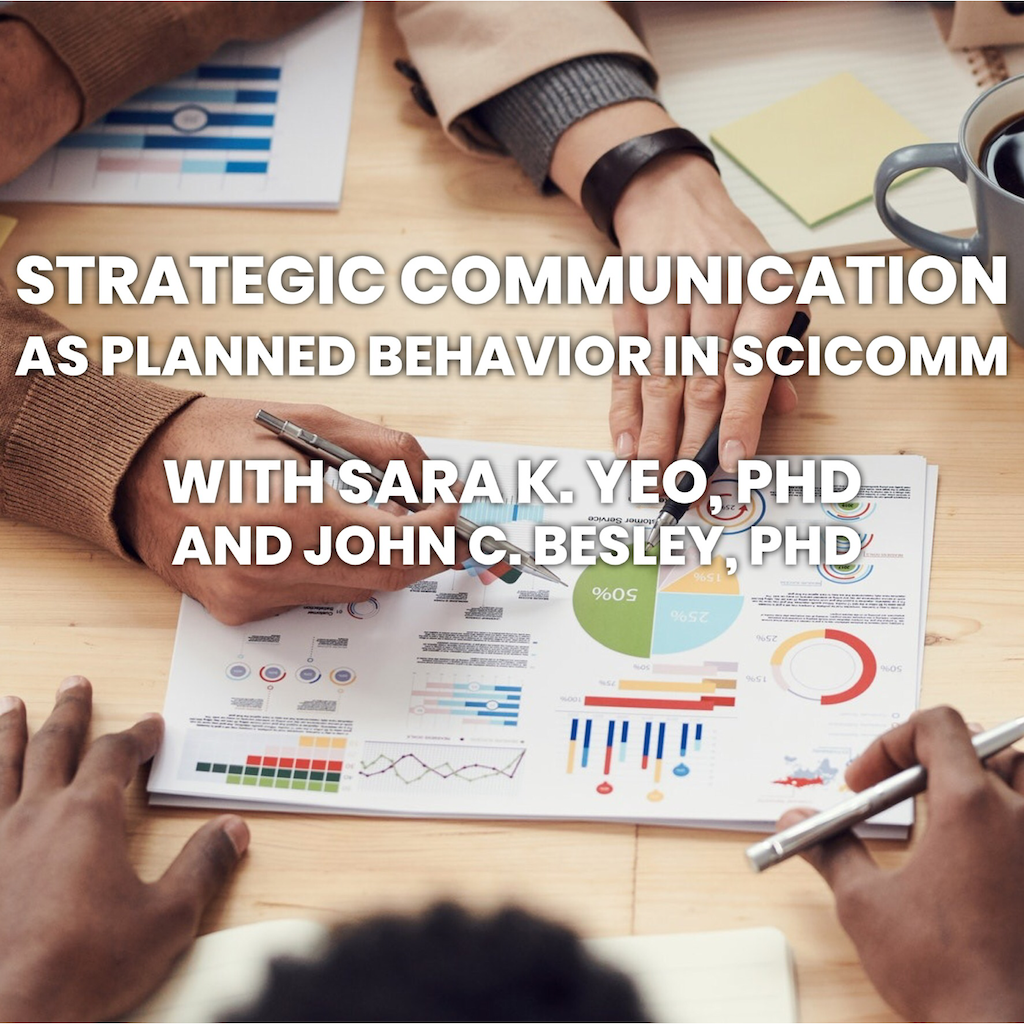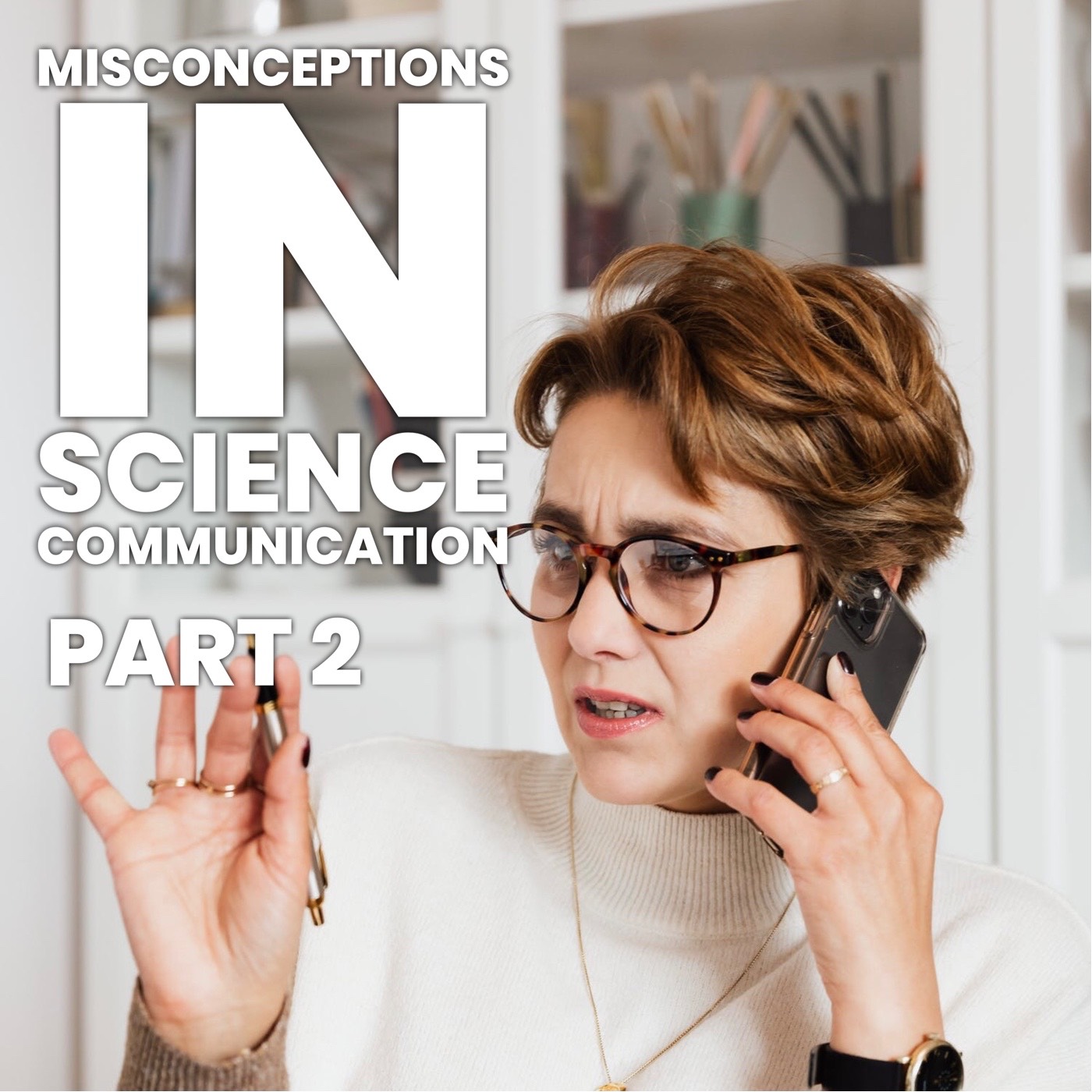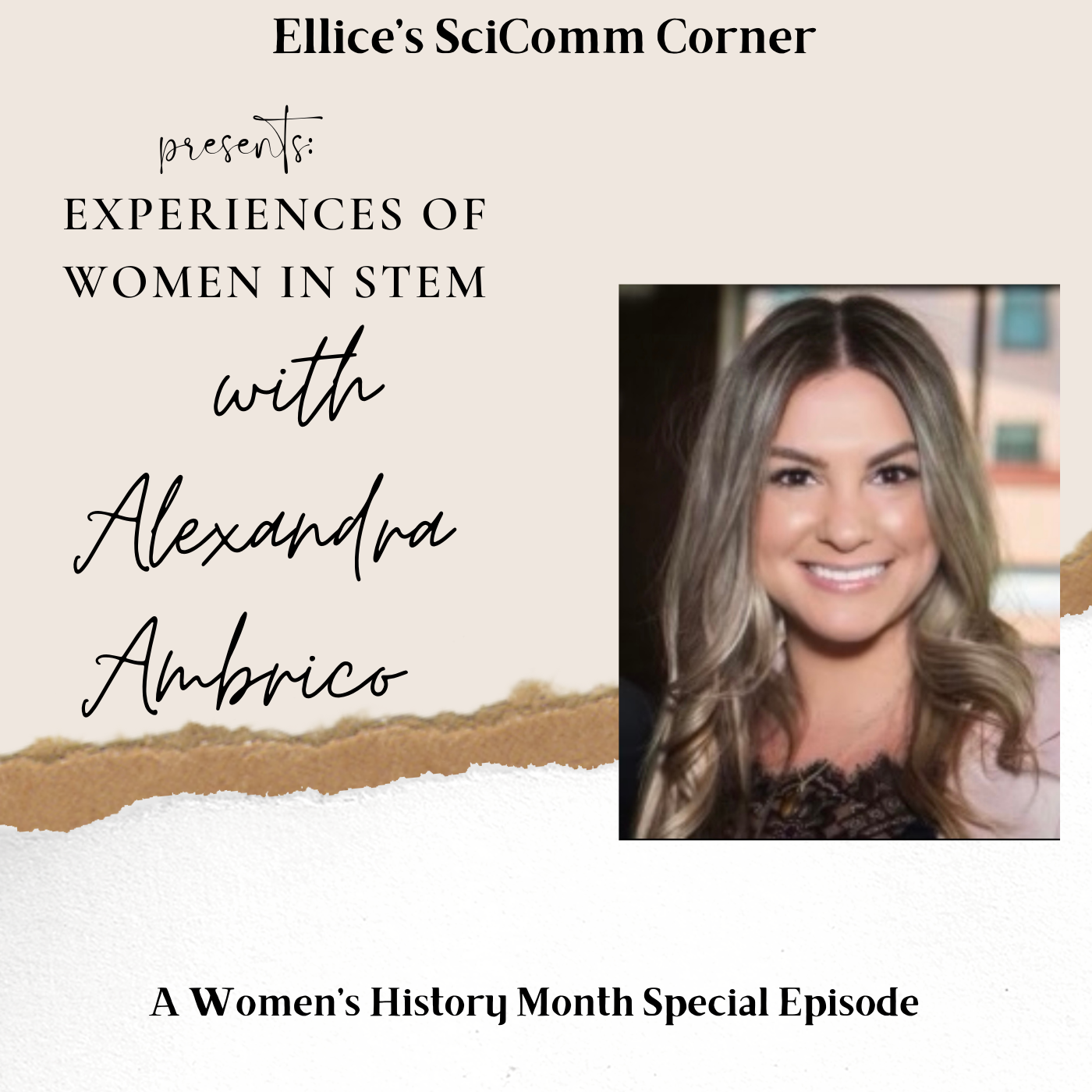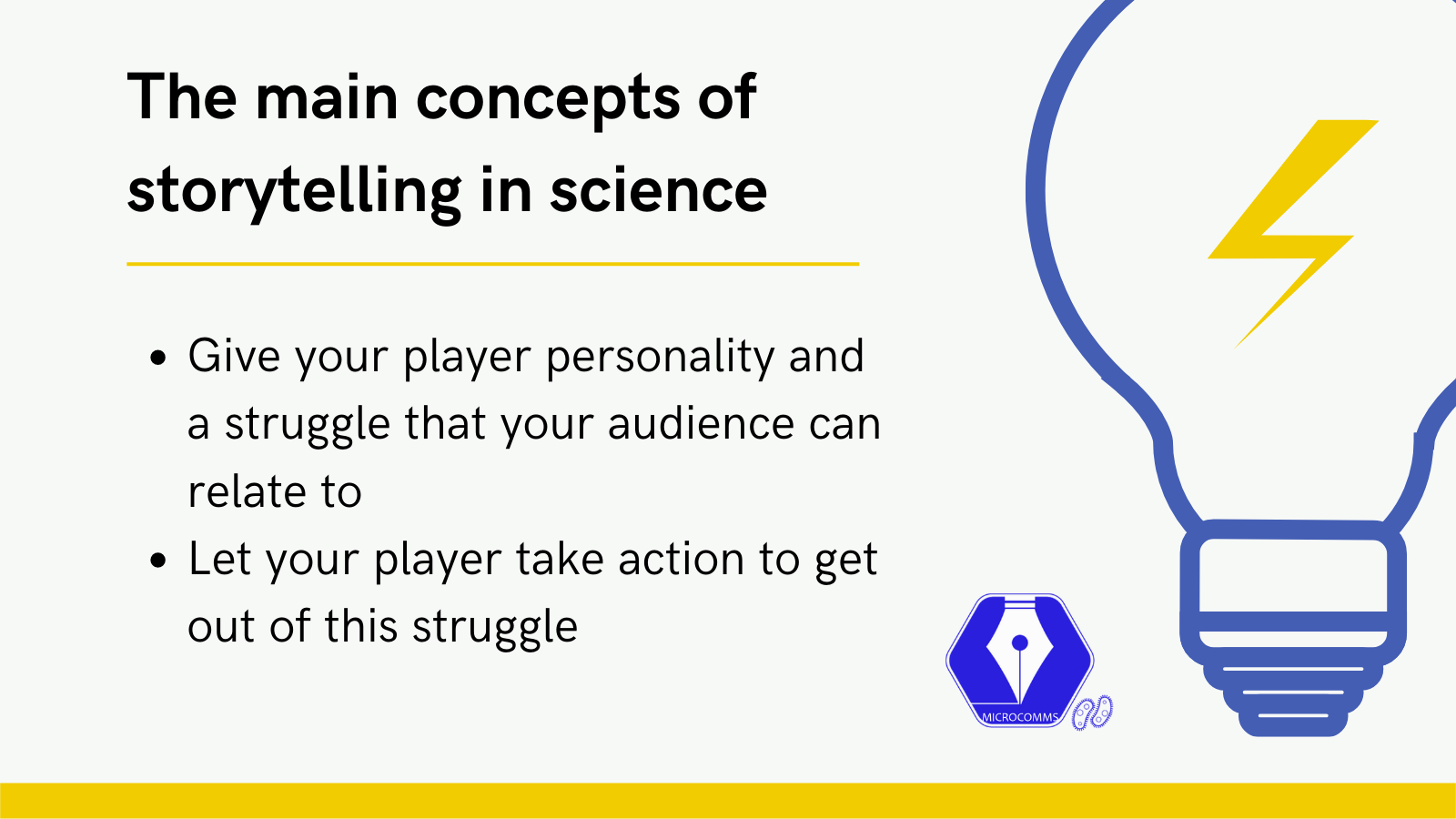Connecting Science Communication Research with Action
Below is a curated selection of features from the field of science communication written by collaborators.

Everyday Environmentalism: The Orgies of Under-appreciated Arthropods
Paul D. Mooney, an award-winning writer, film-maker and master's student in Marine Conservation and Policy at SBU, regales us with his adventures tracking spawning horseshoe crabs along the eastern coastline.

Three Lessons from Don't Look Up for Science Communication
Movies can change a society. They can change culture. And they can illuminate a hard to define problem, and make it a visceral lesson shared by many. Don’t Look Up smashed weekly viewing records and became the second most viewed film in Netflix...

Strategic Communication as Planned Behavior in Scicomm
Science communication researchers, Sara K. Yeo (University of Utah) and John C. Besley (Michigan State University), discuss Strategic Communication as Planned Behavior and its role in communicating basic science/discovery research. A preview of a...

Misconceptions in Science Communication
Science communication (scicomm) is an emerging field, and therefore still susceptible to misconceptions, including a lack of understanding of the value of targeted messages, relying too heavily on facts and data, and believing that information alone...

Experiences of Women in STEM
In honor of Women’s History Month, we’ll focus on the experiences of women in STEM, from their support systems (or lack thereof) to their representation in media; from the decisions they face when it comes to whether or not to start a family,...

Engagement and Storytelling
Storytelling is one of the most effective ways to communicate, which makes it a critical tool in science communication. This is why many science communicators appeal to researchers to use the storytelling approach when informing audiences about their...

